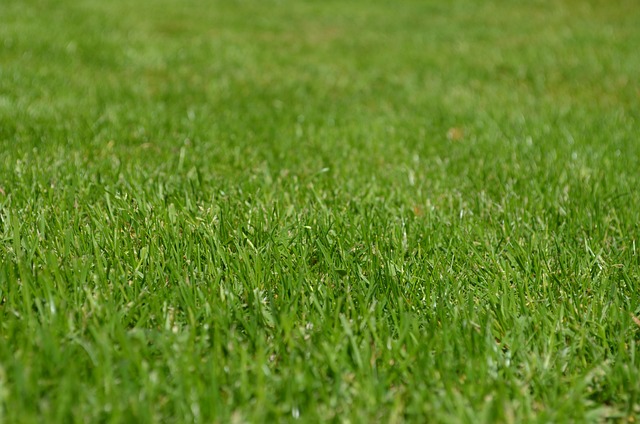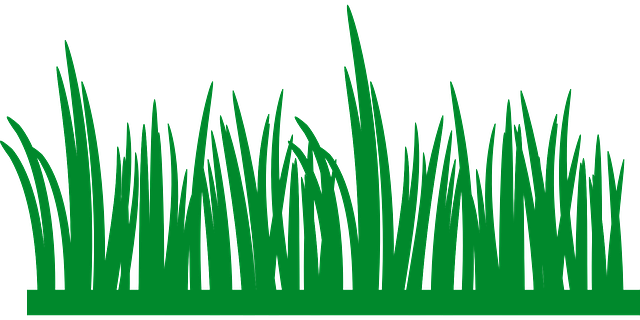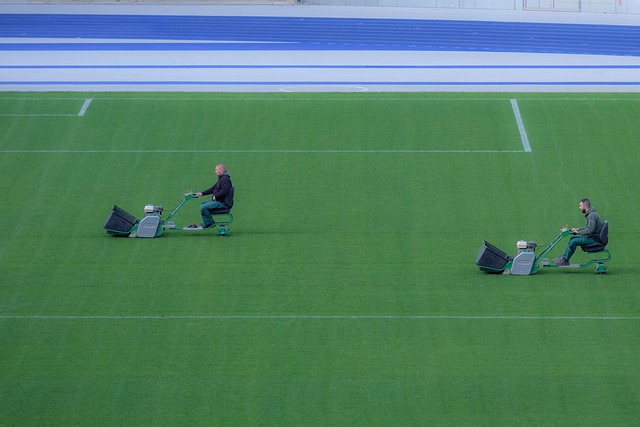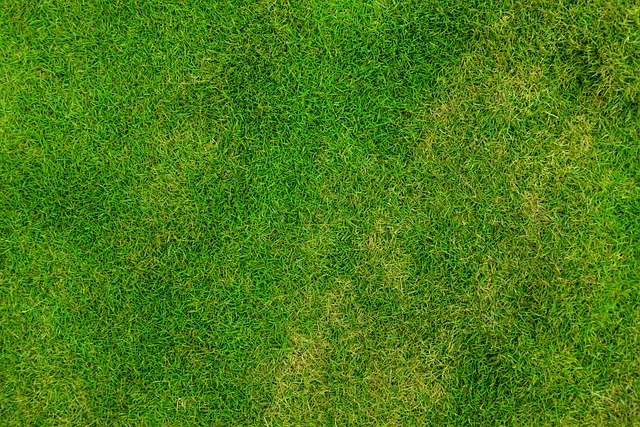Lawn soil compaction, exacerbated by foot traffic, poor drainage, and wet conditions in Colorado Springs, restricts air, water, and nutrients vital for grass health. This leads to stunted growth, increased runoff, and obscured fungal infections. Homeowners can recognize signs of lawn fungus like dead patches or moldy growth after moisture. Professional diagnosis through testing or expert inspection is recommended for targeted treatment. Solutions include core aeration, incorporating organic matter, and regular monitoring for yellowing grass to prevent root rot and other fungal diseases in Colorado Springs.
“Experience a healthier, vibrant lawn in Colorado Springs with our comprehensive guide to tackling soil compaction relief. Understanding the root causes and subtle signs of compacted soil is key to preventing fungal infestations that can plague your lawn. This article equips homeowners with valuable insights on identifying lawn fungus specific to the region, along with effective solutions for improving soil structure and fostering a robust, disease-resistant lawn.”
- Understanding Lawn Soil Compaction: Causes and Effects in Colorado Springs
- Identifying and Diagnosing Lawn Fungus Infestations
- Effective Solutions for Relieving Soil Compactness and Preventing Fungal Diseases in Your Lawn
Understanding Lawn Soil Compaction: Causes and Effects in Colorado Springs

Lawn soil compaction is a common issue in areas with high foot traffic, like Colorado Springs’ lush landscapes and vibrant yards. This problem occurs when the soil particles become tightly packed, hindering air, water, and nutrient movement essential for plant health. Compacted soil can lead to various issues, from stunted grass growth and increased water runoff to difficulties in establishing new turf or identifying lawn fungus in Colorado Springs.
Causes of compaction include frequent heavy foot traffic, poor soil drainage, and equipment use on wet soil. In the Colorado Springs climate, where varying weather patterns can leave soil damp for extended periods, these factors create ideal conditions for compacted soil to form. Identifying lawn fungus in Colorado Springs becomes more challenging under such circumstances as compacted soil can mask symptoms of fungal infections, making diagnosis and treatment more difficult.
Identifying and Diagnosing Lawn Fungus Infestations

In Colorado Springs, identifying lawn fungus infestations is a critical step in alleviating soil compaction. Homeowners often notice patches of dead or discolored grass, which could indicate various fungal diseases prevalent in the region’s climate and soil conditions. Moldy growth, especially after periods of moisture, is a telltale sign. Examining the grass for any unusual patterns or spots can help in early detection.
Diagnosing the specific type of lawn fungus requires further observation. Look for factors like environmental conditions (moisture levels, shade), recent weather events (heavy rains, dry spells), and nearby infected plants. Professional diagnosis through soil testing or expert inspection can pinpoint the exact fungal species causing the issue, enabling targeted treatment methods to address both the compaction and the infestation effectively.
Effective Solutions for Relieving Soil Compactness and Preventing Fungal Diseases in Your Lawn

In Colorado Springs, identifying lawn fungus is a common concern for homeowners. Soil compaction can exacerbate this issue by restricting water and air penetration, creating an ideal environment for fungal growth. Effective solutions for relieving soil compactness involve both mechanical and organic approaches. Core aeration, a popular method, involves removing small cores of soil to improve airflow and moisture infiltration. This process helps prevent the development of root rot and other fungal diseases commonly found in Colorado’s climate.
Additionally, incorporating organic matter such as compost into the soil can significantly enhance its structure and drainage. This not only alleviates compactness but also provides essential nutrients that promote a robust lawn. Regular monitoring for signs of lawn fungus, like yellowing or thinning grass, is crucial. Early detection allows for prompt treatment using fungicides specifically designed to target local fungal threats. By combining these strategies, homeowners in Colorado Springs can effectively manage soil compaction and protect their lawns from destructive fungal diseases.
In Colorado Springs, understanding lawn soil compaction and identifying fungus infestations early are key to maintaining a healthy lawn. By addressing these issues proactively with effective solutions, you can not only relieve compacted soil but also prevent the onset of fungal diseases. Regular monitoring and appropriate care will ensure your lawn remains vibrant and robust, enhancing the overall landscape beauty in your home or commercial property. Remember, addressing these problems is crucial for a lush, thriving lawn, and the process starts with recognizing the signs and taking timely action.
